Product Details
| Product name | 200/400/600 GSM Boat Building fiber glass cloth | ||
| MOQ | ≥1000KG | ||
| Attributes | Enhanced UPNE/EP/PF | ||
| Feature | 1. Uniform thickness, uniform tension, not easy to deform 2. Good film sticking, resin soaking completely and fast 3. High temperature resistance, high pressure resistance, corrosion resistance, radiation resistance, 4. High elasticity, flame retardant, light conduction, sound absorption, heat insulation, insulation | ||
PERFORMANCE ATTRIBUTES
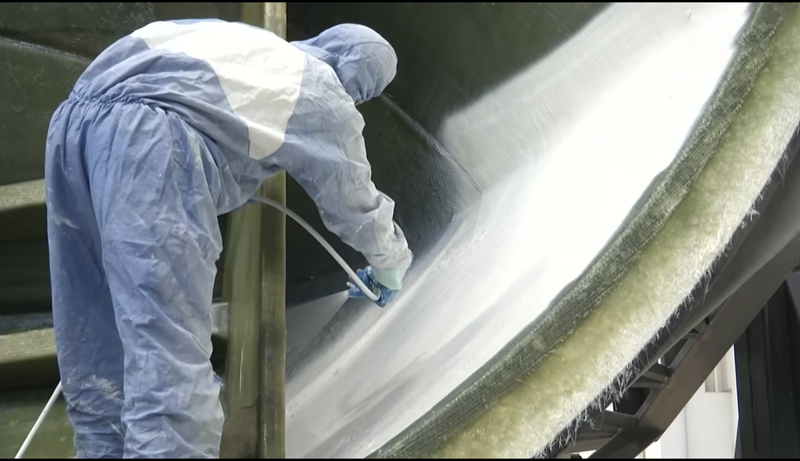
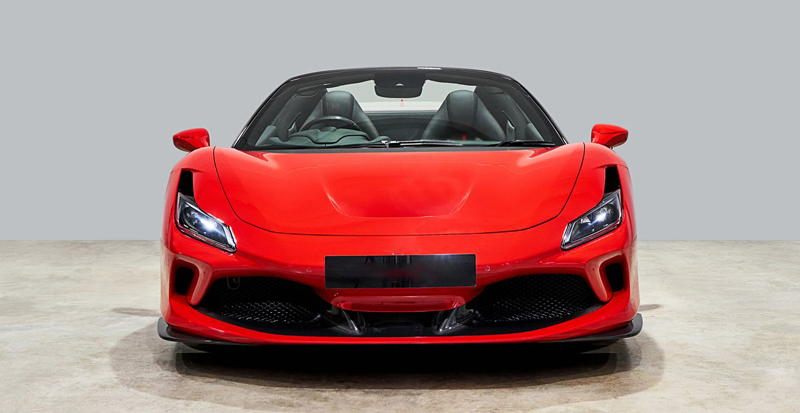
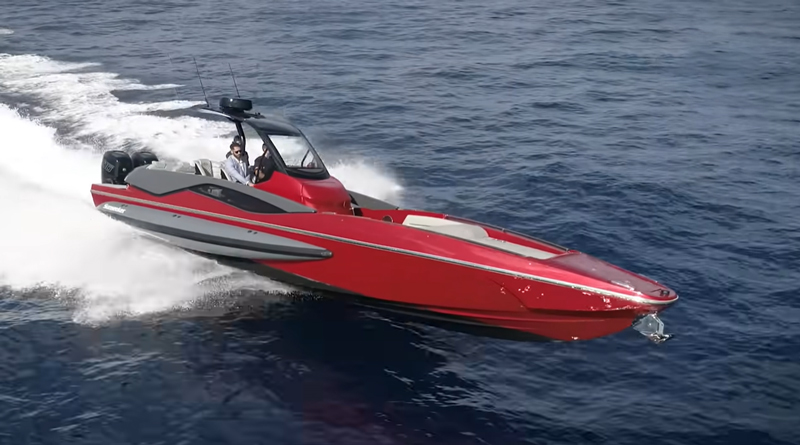
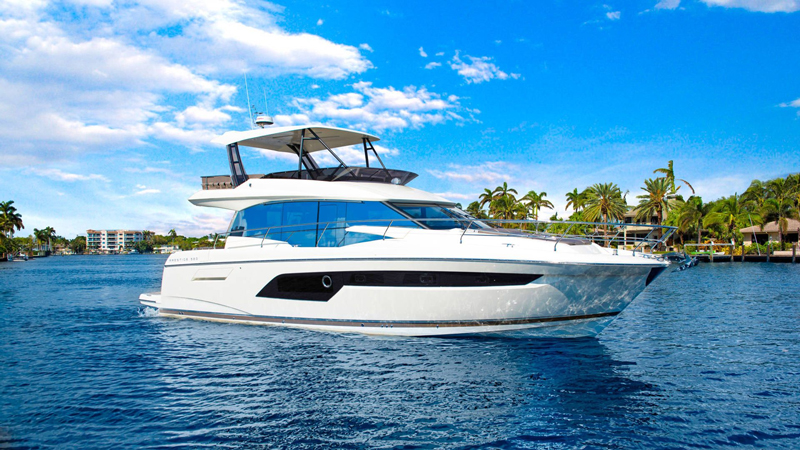
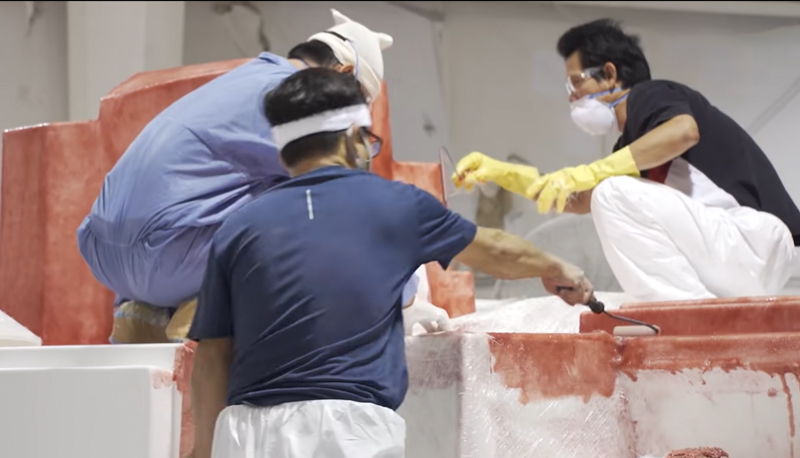
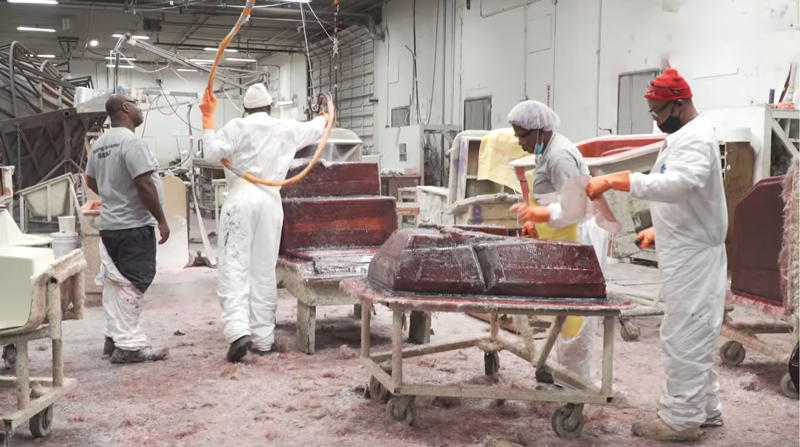
RESIN SOAKING COMPLETELY AND FAST
HIGH-PERFORMANCE ENVIRONMENTAL PROTECTION
HIGH PRESSURE RESISTANCE
CORROSION RESISTANCE
Technical Index
| Linear density deviation (%)ISO:1889 | moisture content(%)ISO:3344 | combustible matter content(%)ISO:1887 | Stiffness (mm)ISO:3375 |
| ±5 | ≤0.10 | 1.25±0.15 | 160土20 |
Specification
| Code | Glass type | Weight (g/m2) | Breaking strength≥N/50mm | Weave | Moisture Content% | L.O.I Content% | |
| Warp | Weft | ||||||
| EWR200 | E/ECR | 200 | 1300 | 1100 | Plain | ≤0.2 | 0.4-0.8 |
| EWR270 | E/ECR | 270 | 1900 | 1700 | Plain | ≤0.2 | 0.4-0.8 |
| EWR300 | E/ECR | 300 | 2000 | 1800 | Plain | ≤0.2 | 0.4-0.8 |
| EWR360 | E/ECR | 360 | 2200 | 2000 | Plain | ≤0.2 | 0.4-0.8 |
| EWR400 | E/ECR | 400 | 2500 | 2200 | Plain | ≤0.2 | 0.4-0.8 |
| EWR500 | E/ECR | 500 | 3000 | 2750 | Plain | ≤0.2 | 0.4-0.8 |
| EWR530 | E/ECR | 530 | 3300 | 3000 | Plain | ≤0.2 | 0.4-0.8 |
| EWR580 | E/ECR | 580 | 3600 | 3300 | Plain | ≤0.2 | 0.4-0.8 |
| EWR600 | E/ECR | 600 | 4000 | 3850 | Plain | ≤0.2 | 0.4-0.8 |
| EWR800 | E/ECR | 800 | 4600 | 4400 | Plain | ≤0.2 | 0.4-0.8 |
| EWR1000 | E/ECR | 1000 | 5300 | 5100 | Plain | ≤0.2 | 0.4-0.8 |
Application
It is widely used for hand lay FRP products. Such as hull, car, aircraft, plate, sports and entertainment facilities, FRP crafts, sanitary ware, pipe irrigation, cooling tower, etc. Contact us, we will send you product information quotations and lightweight solutions!
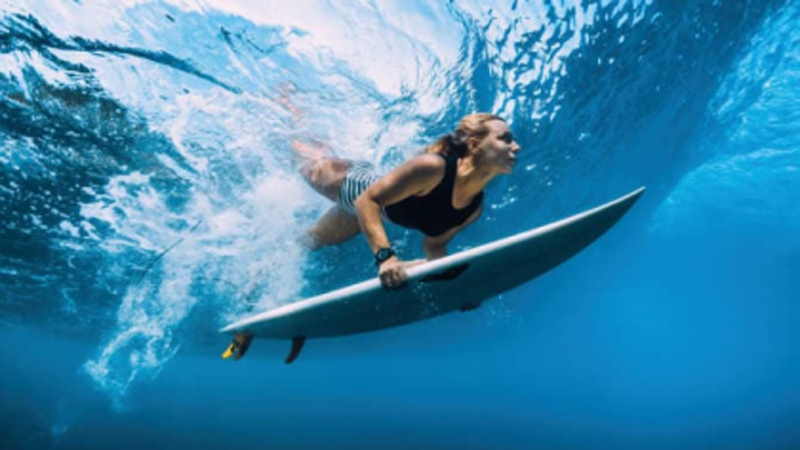
BOAT BUILDING BASICS
Prior to the development of fiberglass manufacturing techniques, ships were constructed from wood, steel, and other materials that were assembled into a structure in short pieces and pieces that were then corked. With fiberglass shipbuilding, however, the main parts of the ship - the hull, deck, lining and major parts like consoles - are molded in fiberglass. Usually this means starting with female genital mutilation. First, the mold is covered with gelcoat, then fiberglass cloth, and then resin is used to absorb or “clean” the fiberglass. When the resin is cured, it is a body or part of a boat (see the Beginner’s Guide to Boating Terminology for an explanation of the different parts of a boat).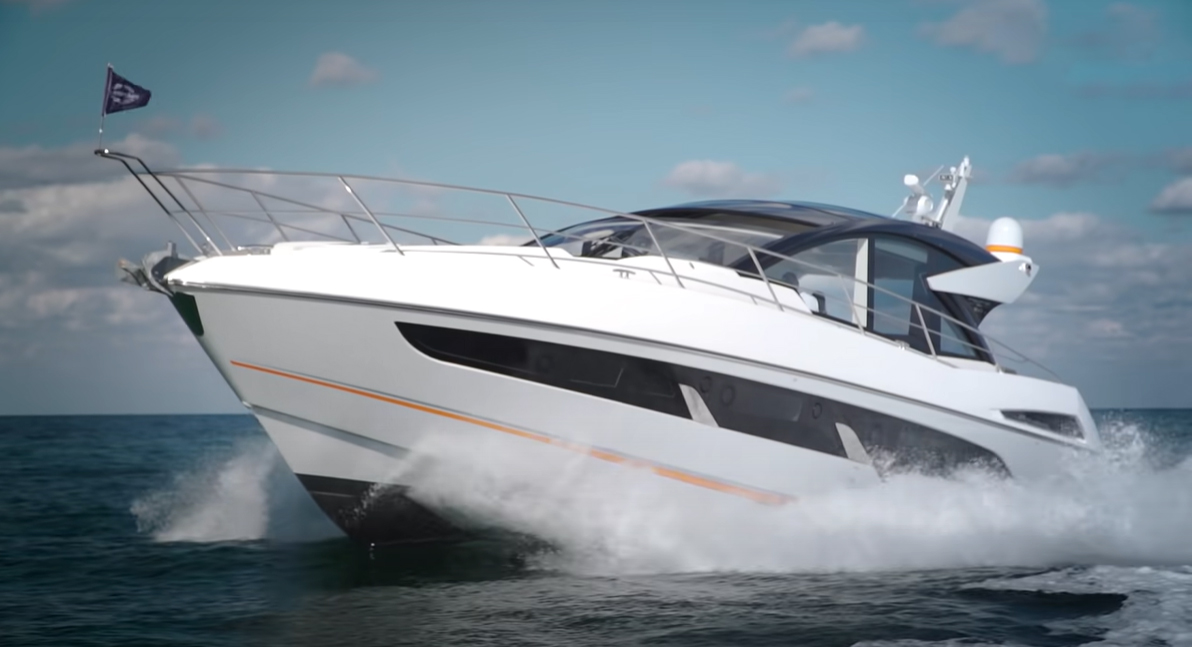 Structural reinforcements such as stringers and baffles can be manufactured separately and then joined to the section using fiberglass or in some cases installed at the same time. While the vessel is still open and clear, it is possible to install items that will be below deck level, such as fuel and water tanks or inboard engines. Plumbing and plumbing can also be done at that time. Then the main components are assembled. In most modern speedboats this means that the deck and/or boat is raised, often by a crane, and lowered into the hull.
Structural reinforcements such as stringers and baffles can be manufactured separately and then joined to the section using fiberglass or in some cases installed at the same time. While the vessel is still open and clear, it is possible to install items that will be below deck level, such as fuel and water tanks or inboard engines. Plumbing and plumbing can also be done at that time. Then the main components are assembled. In most modern speedboats this means that the deck and/or boat is raised, often by a crane, and lowered into the hull. 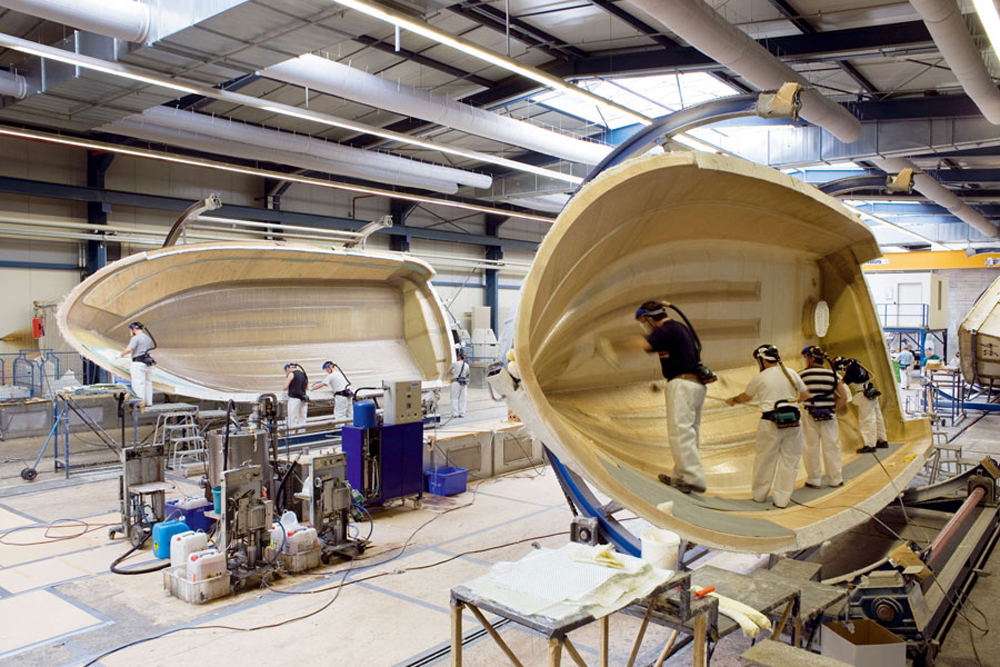 Many boats are designed with a "shoebox" where the hull and deck meet, or are flush with, flanges. Mechanical fasteners such as screws or through bolts are often used to secure the parts together, as well as the use of chemical bonding agents and sealants such as methyl methacrylate or 3M 5200, which also make the joint water-tight. Additionally, some builders fiberglass around the perimeter of the hull to keep it together. With the main parts of the boat assembled, interior accessories such as seats and wheels can be added. Finally, the details and touches can be taken care of.
Many boats are designed with a "shoebox" where the hull and deck meet, or are flush with, flanges. Mechanical fasteners such as screws or through bolts are often used to secure the parts together, as well as the use of chemical bonding agents and sealants such as methyl methacrylate or 3M 5200, which also make the joint water-tight. Additionally, some builders fiberglass around the perimeter of the hull to keep it together. With the main parts of the boat assembled, interior accessories such as seats and wheels can be added. Finally, the details and touches can be taken care of.